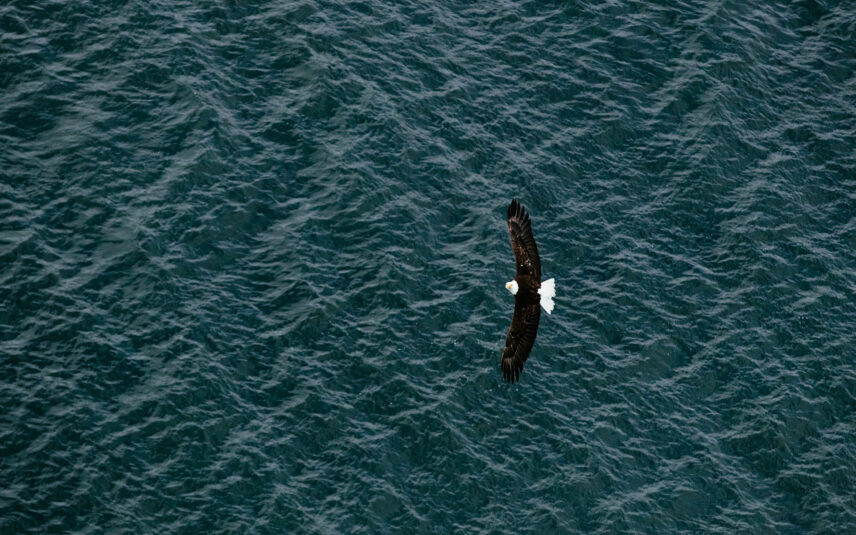
Jul 15, 2025
December 6th – Sea of Lights 2025
Join us for the 6th annual Sea of Lights, a beloved tradition at Tofino Resort + Marina where locals and visitors gather to toast the festive season under the…

Jul 07, 2025
Ukee Days: A West Coast Celebration Like No Other
July 25, 26, 27 in Ucluelet, BC Every July, Ukee Days brings the town of Ucluelet together for a weekend of live music, coastal food, and community celebration.
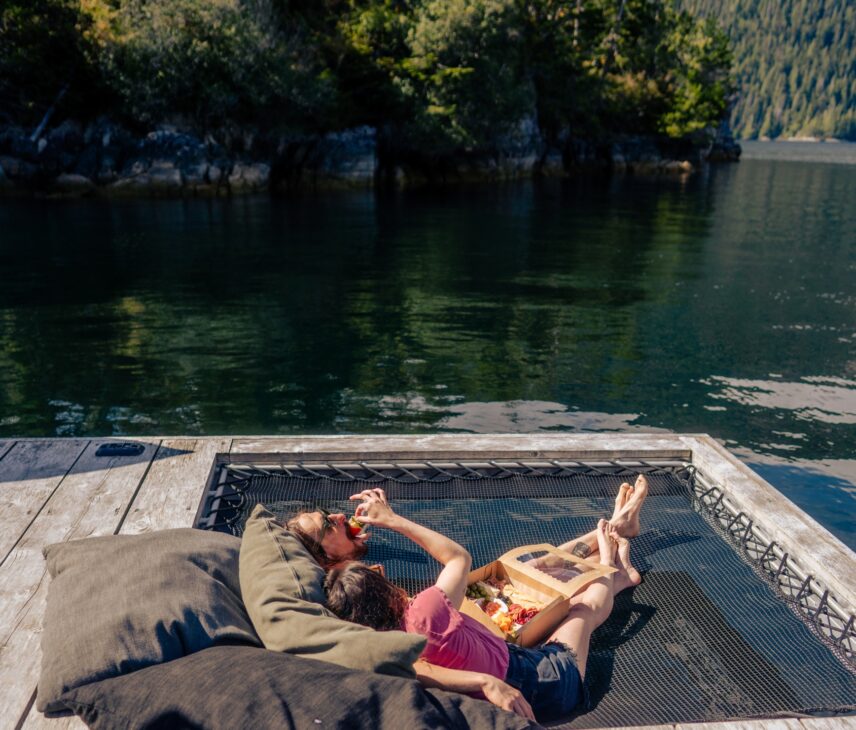
Jul 02, 2025
A Couple’s Guide to Tofino
Here’s our version of romance, Tofino-style. Tofino isn’t your average couples getaway. It’s not rose petals on the bed and matching white robes (though we’ve got those too,…
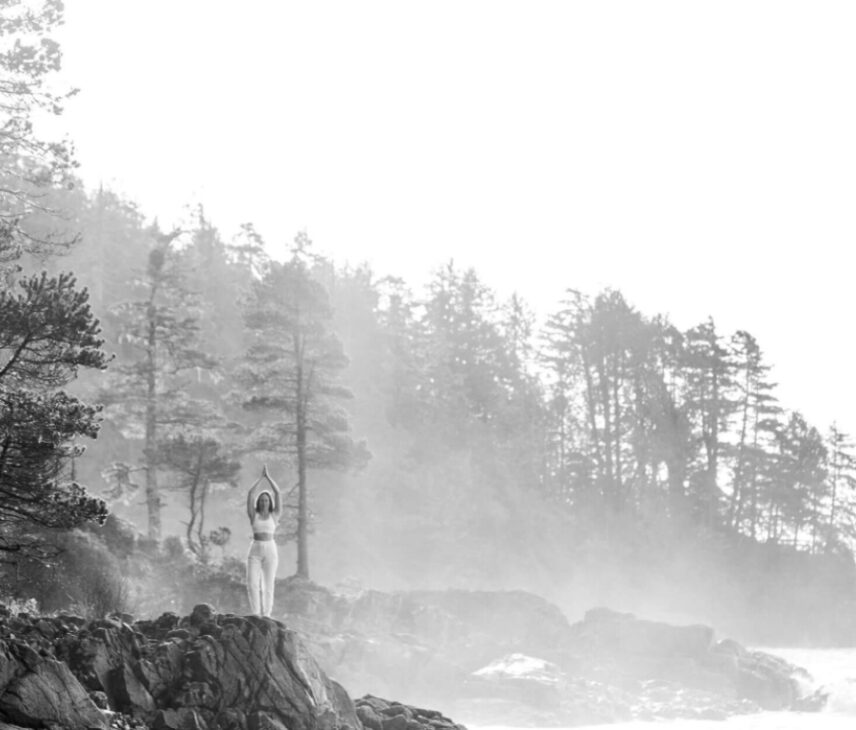
Jun 09, 2025
Breathe Deep, Unwind Fully: Private Yoga & Meditation in Tofino
Looking to slow down and reconnect while you’re here in Tofino? We’re proud to support our friends at Tofino Breath & Meditation—offering private yoga, breathwork, and meditation sessions designed…

Jun 06, 2025
Every Saturday – Tofino Market: Handmade, Heartfelt, Community
There’s something special about a Saturday in Tofino. The sea breeze, the scent of cedar and salt, and now—market day. Every Saturday from May long weekend through Thanksgiving (10AM-2PM),…

May 09, 2025
May 24 – Songs for the Sound: Live Music. Community. Conservation.
Join us on May 24, 2025 from 3:00 PM – 9:00 PM for an evening of live music, community, and a cause that matters (and beer + snacks). Seriously,…
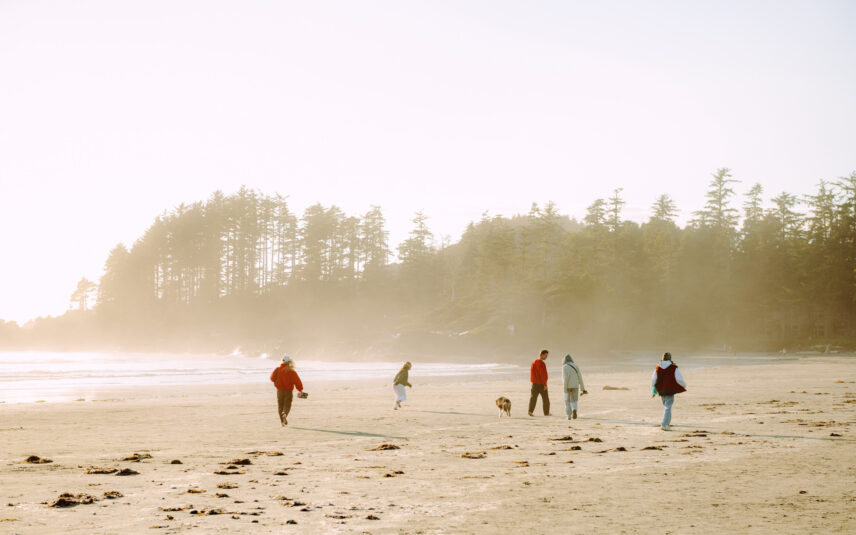
Apr 21, 2025
Summer in Tofino: Your Ultimate Guide
There’s no shortage of ways to spend summer days in Tofino. This guide isn’t meant to be read top to bottom (unless you really want to). Skip around, follow your…

Apr 14, 2025
Tsunamis and the Big One: A Tofino History Lesson
This week (April 13–19, 2025) is Emergency Preparedness Week—a reminder that while Tofino is full of wild beauty and adventure, it’s also in a seismically active zone, so understanding coastal…
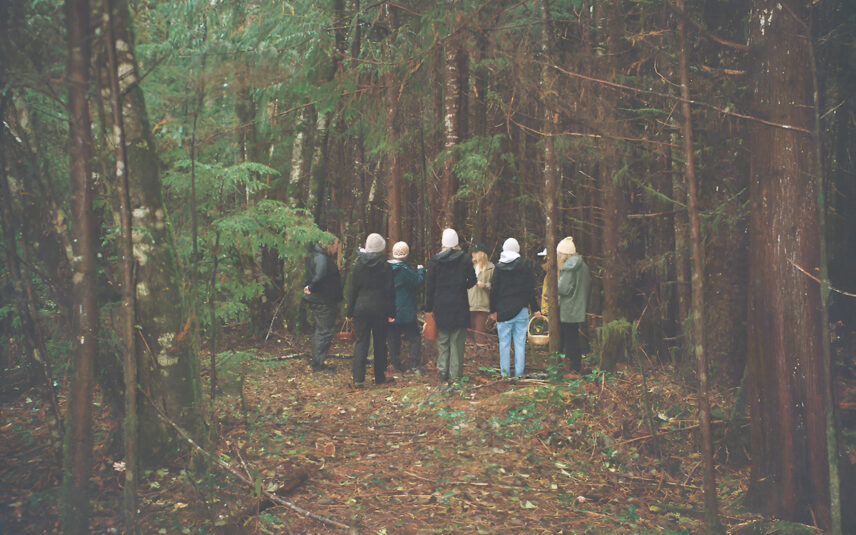
Sep 17, 2024
Embracing Fall in Tofino: A Season of Foraging and Natural Beauty
Fall in Tofino: Birdwatching and Mushroom Foraging Adventures As summer fades and the crisp air of fall settles in, Tofino transforms into a sanctuary for nature lovers. The slower rhythm…
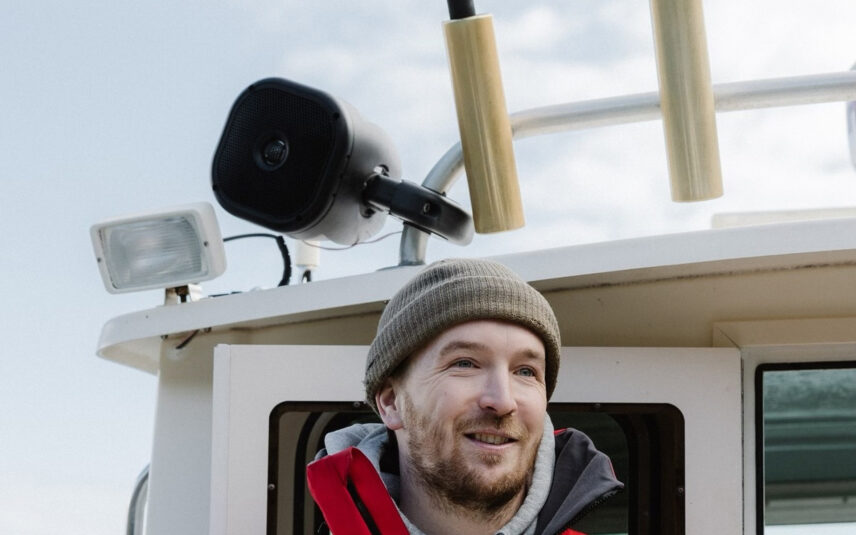
Jul 05, 2024
Q&A Session with Captain Dave
Meet Captain Dave, our dedicated head Wildlife Guide at Tofino Resort + Marina. With seven years of experience guiding tours in Tofino and Clayoquot Sound, Dave’s passion for the area’s…
